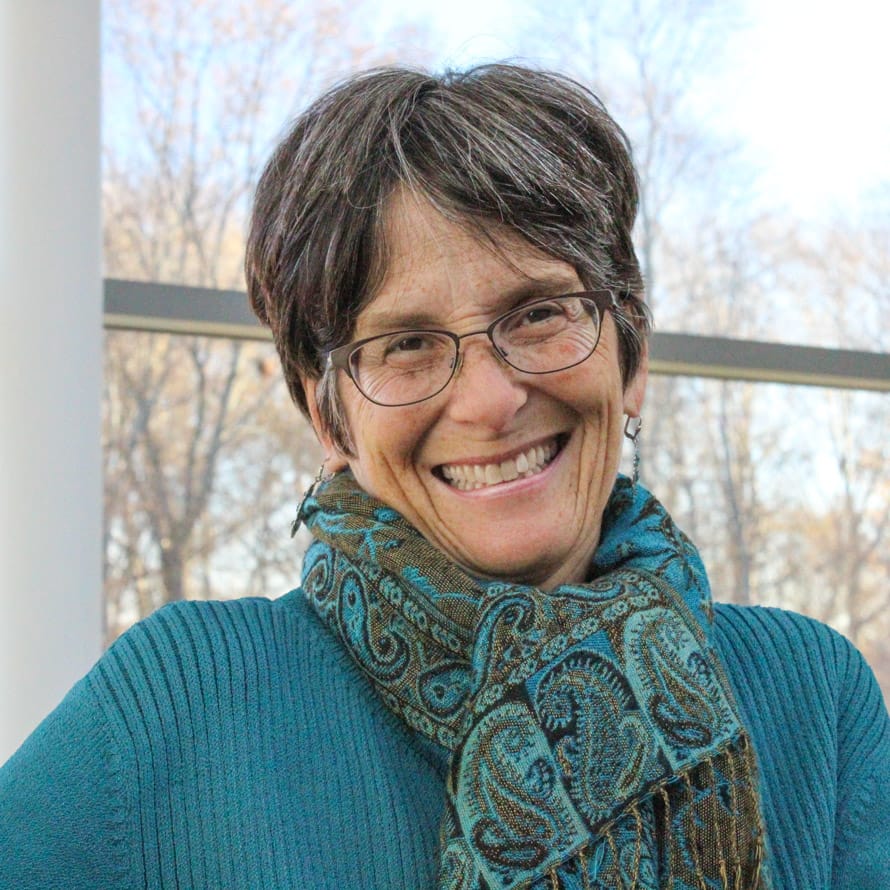Community Blog Speaking Torah: Some say…

“To act in the image of the God of Exodus is to reach out to each other with our own strong hands and outstretched arms.”
As we open our calendars to the start of the secular New Year this week, we open the Torah scroll to the beginning of Sefer Shemot, the first chapters of the Exodus story.
It is difficult to say exactly where the journey out of Egypt begins.
Some say it is when the Israelite people, their spirits crushed by slavery, finally cry out. That inarticulate cry is the first sign of freedom, because longing itself contains a seed of hope, the willingness to imagine that things might be different.
Some say it is when the midwives resist Pharaoh’s decree to kill the Israelite babies. The women whose very work in the world was the giving of life resisted the regime of death. We don’t know much about Shifra and Puah, except that they were God-fearing—which means nothing more and nothing less than that they had respect and awe for the dignity and sanctity of all life.
Some say it is when Moses’ mother placed her son in a basket on the river Nile. Like every mother who has tried —against all odds—to give her child a chance, not knowing where the waters would take him, but aching with the knowledge that she couldn’t protect him at home.
Some say it is when Pharaoh’s own daughter was able to see beyond the sharply drawn lines of race, class, nationality, religion—to reach out and rescue the baby she must have known was the child of Israelite slaves. One commentary says her arm miraculously extended to 400 amot when she reached out to pull him from the water. It is an amazing statement about the vast distances that can be created between one human being—one divine image—and another—and the courage it takes to transcend them.
Some say it is when Miriam, Moses’ sister, plants herself by the water, waiting to see what will happen to her brother. Not only waiting passively but intervening strategically—she the daughter of slaves, approaching the daughter of the king—to arrange for Moses’ own mother to be his nurse maid. Such audacity, and such presence of mind.
Some say it is when Moses senses the presence of God at the burning bush and hears the divine call: “Moses Moses!” One midrash says that God calls out at that moment as if breathless, like a person carrying a load that is too heavy, “Moses Moses—come help, I cannot do this alone.”
We are told that God redeemed us from slavery with a strong hand and an outstretched arm.
At each step of the way, we’re reminded that the work of transformation—the work of redemption—cannot be done alone. It requires extraordinary partnerships—between individuals, between generations, between nations, between those with privilege and those without, between heaven and earth.
This, too, is what it means to act in the image of God: to reach out to each other with our own strong hands and outstretched arms. May we continue to do so, and may God bless the work of our hands.
This week, I am so pleased to share another interpretation of this week’s parsha—a moving poem entitled Shemot/Ignition by 2017 Rabbinical School alumna, Rabbi Gray Myrseth.
As I begin my new role as Hebrew College’s President-Elect, I invite you to contact me if you or someone you know would like to know more about our vibrant pluralistic community—dedicated to promoting deep learning and inspired leadership for contemporary Jewish life.
Rabbi Sharon Cohen Anisfeld is President of Hebrew College and the former Dean of the Rabbinical School of Hebrew College.

